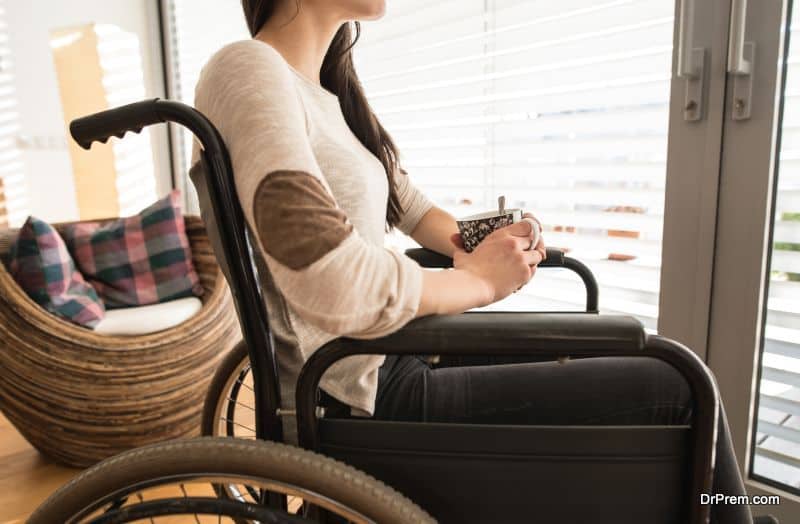Paralysis is a devastating condition for anyone. Till now, it was considered to be a permanent and irreversible condition. Paralytic people had no hope of being able to walk or move their hands. But now, some scientists have made extraordinary progress in using brain and spinal implants to restore movement. People who had been permanently paralyzed are learning how to walk after stimulating electrodes were implanted into their spine. Brain implants have also been used successfully to enable paralysed people to walk. Read on to find out more:
Reversing paralysis with spinal implants
Grégoire Courtine, the nueroprosthetics professor at the Swiss Technology Institute (EPFL), has been working on spinal implants for a very long time. The first experiments were conducted on rats – minute electrical implants were inserted into their spines to stimulate their nerve fibers. When the electrodes were powered up, Courtine’s team were able to train rats to take steps forward, with the help of a harness. After two months, a completely paralysed rat was able to walk on its own.
In humans, patients use a harness too, which help them to walk. The person who received the first implant had suffered an injury to the spinal cord due to which he was partially paralysed. He could walk a little with support before, but the implant improved his walk much more. It helped him to coordinate his movements. After this success, a trial of these implants is being done on eight people having different degree of injury and paralysis.
How the spinal implant works
The clinical trial is a study to demonstrate the safety and efficacy of the implants. The surgeon places the implants on the lumbar spinal cord surface, located in the lower part of the back. The implant is positioned perfectly so that the 21 electrodes could stimulate the nerve fibers that can flex and extend the muscles of the leg. An electrical pulse generator is placed inside the torso of the patient. After the patient recovers from surgery, researchers test various patterns stimulation patterns by turning on different electrodes at different levels of current. This maps the effect on the legs of the patients, enabling them to personalize patterns and produce best walking patterns.
In another breakthrough study, Courtine and his team revealed that inserting both spinal and brain implants provided better walking movement.
Research at the neurological center at John Hopkins, USA
Doctors at John Hopkins cut into the spinal cord of a patient who was paralysed from the waist, and cleared dead cells which had accumulated since the time of his injury. They inserted one tiny cylindrical capsule which was made from 100% biodegradable fibers. The cylindrical capsule would act as a trellis where newly formed nerve cells would be able to hang from and multiply. This method had been successfully tested on mice many times, but this is the first time it was tested on a human.
This implant is known as the neuro-spinal scaffold. It was created by a company called InViVo Therapeutics. Researchers at InViVo are hopeful that new cells which grow round the trellis can spark a connection between the body and the spinal cord. They could give the necessary push to the body and help it in reviving, if not completely, then at least partially.
Seven more people with spinal cord injuries have received the new treatment. 5 out of the 8 who received the implants have got back the feelings in the paralyzed part of their bodies, but they have not been able to move as yet.
The concept is sound but more data is required in order to ascertain whether the ‘scaffold’ implants would be successful in more people.
Neurocomm – the brain implant that could cure paralyses
John Donahue, a neurosurgeon has come up with the ‘neurocomm’, an extremely compact device (wireless) which can collect the brain’s data at a very quick speed. It’s made with biocompatible Titanium and has a sapphire window, which can be implanted in the brain to reanimate the paralyzed muscles.
The success of these implants mean that people who suffer from partial or complete paralysis have hope of being able to move their body again. With the advances made in this field, we may find implants reversing paralysis soon, maybe in the next decade.






